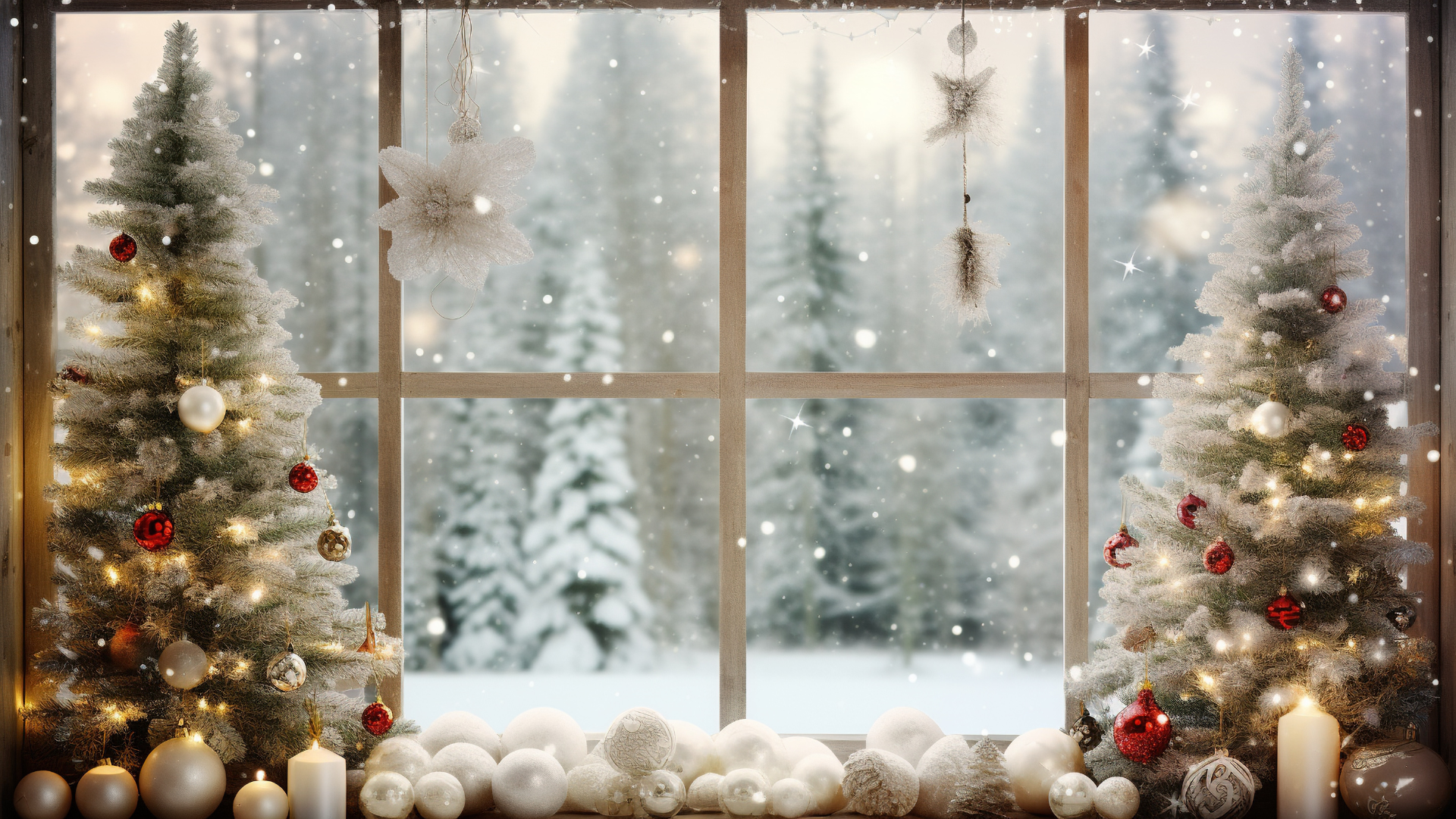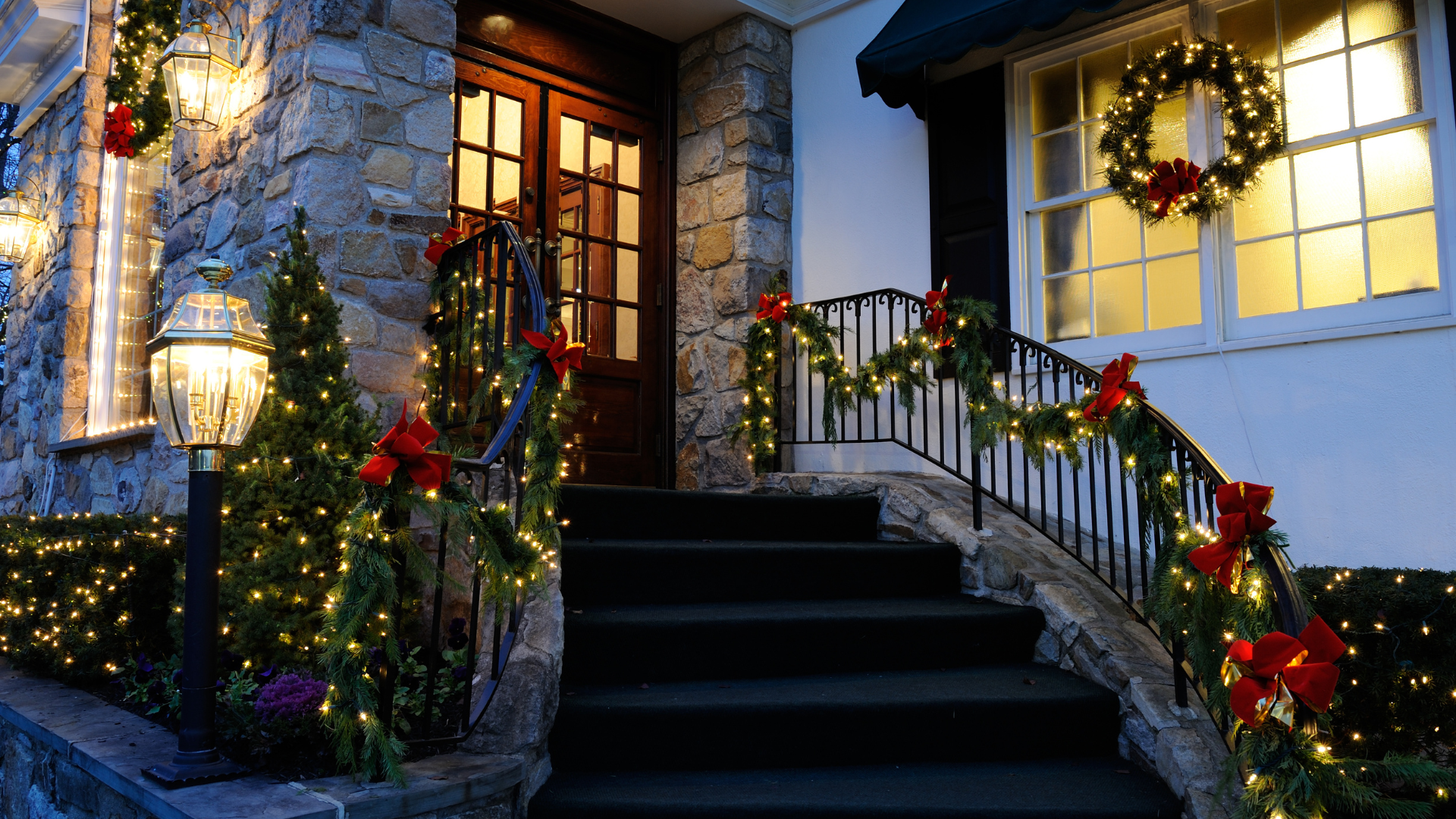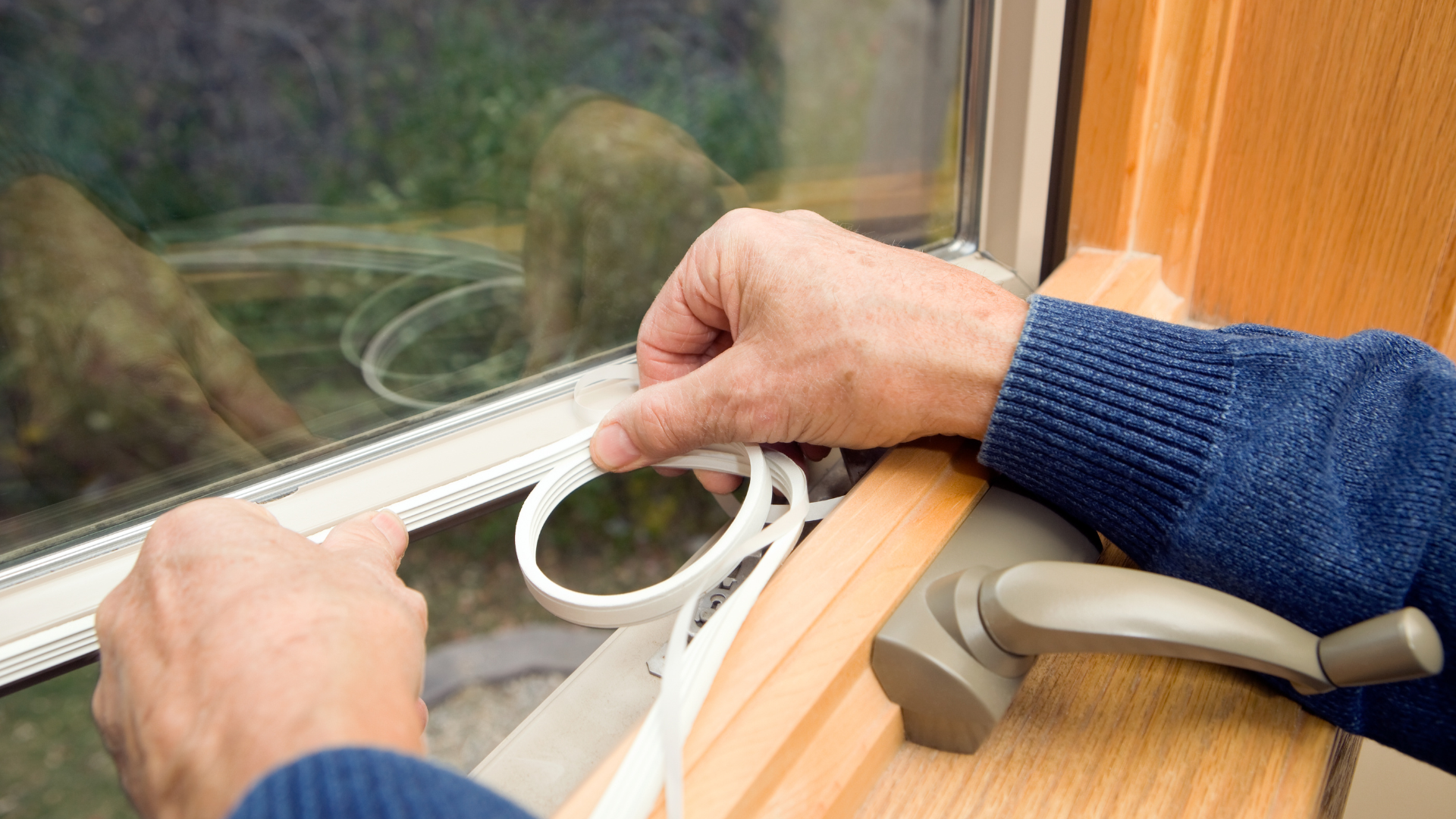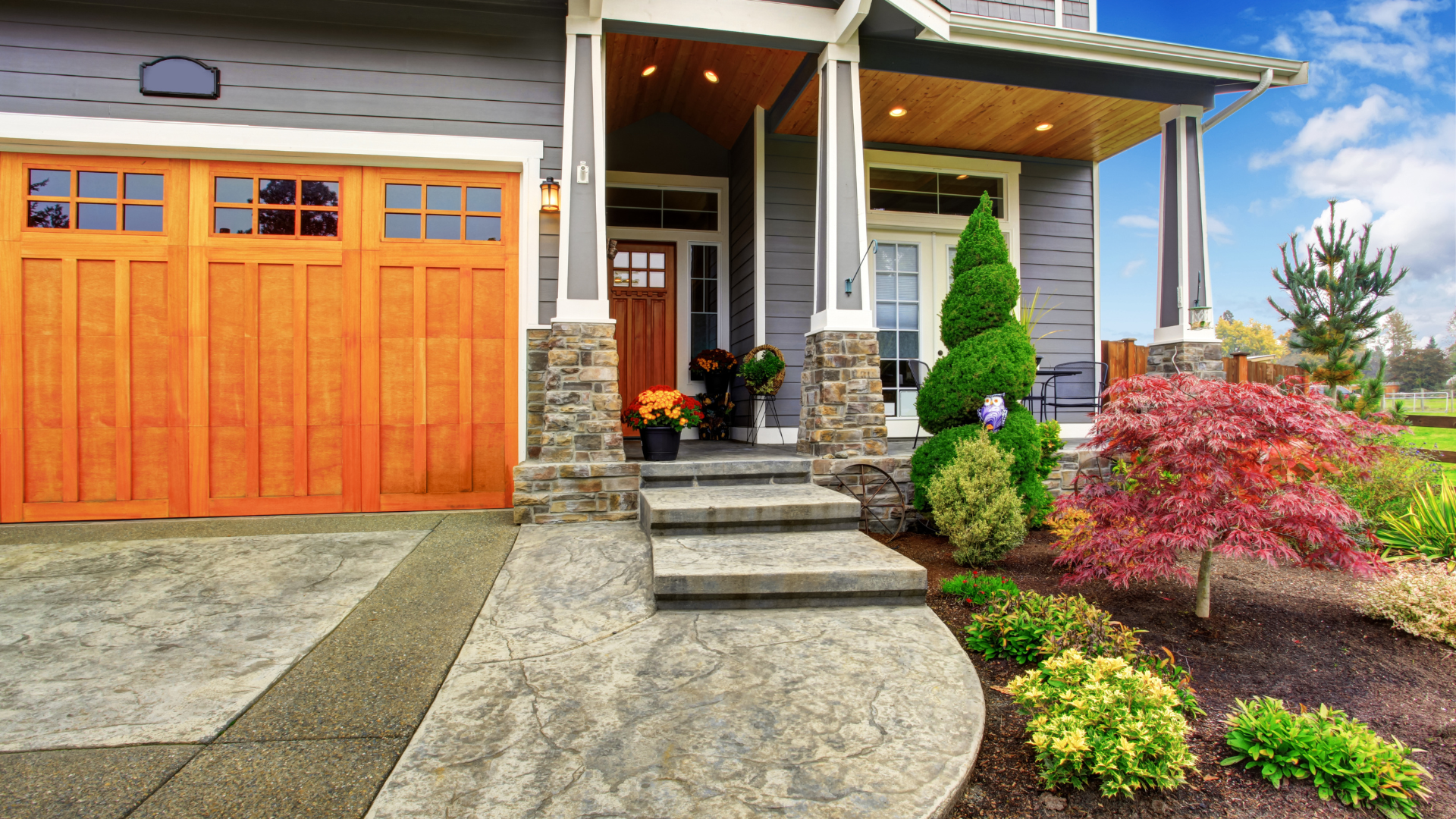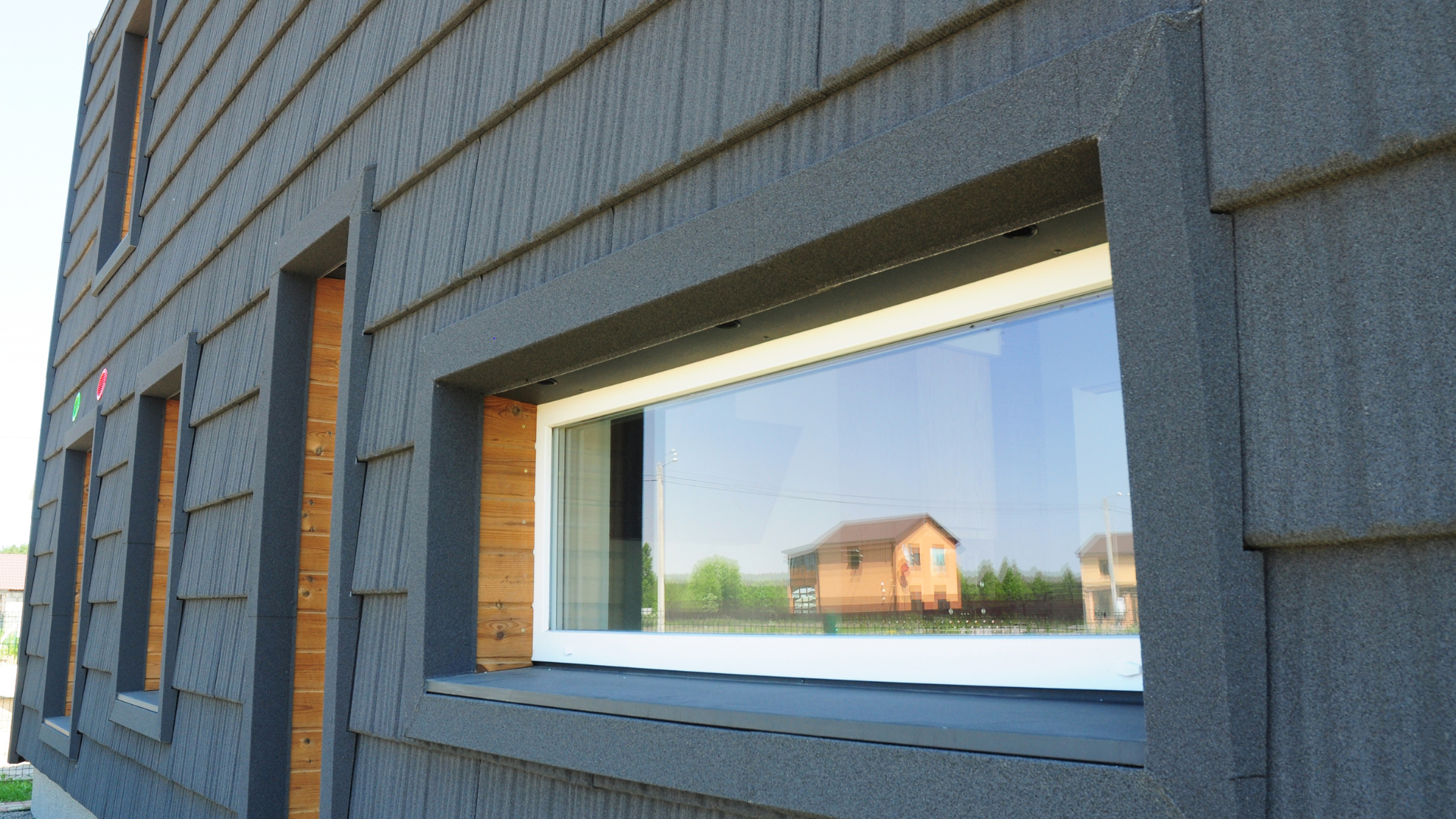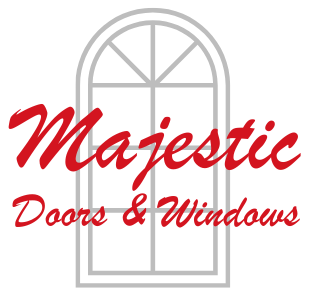Blog
Our Blog
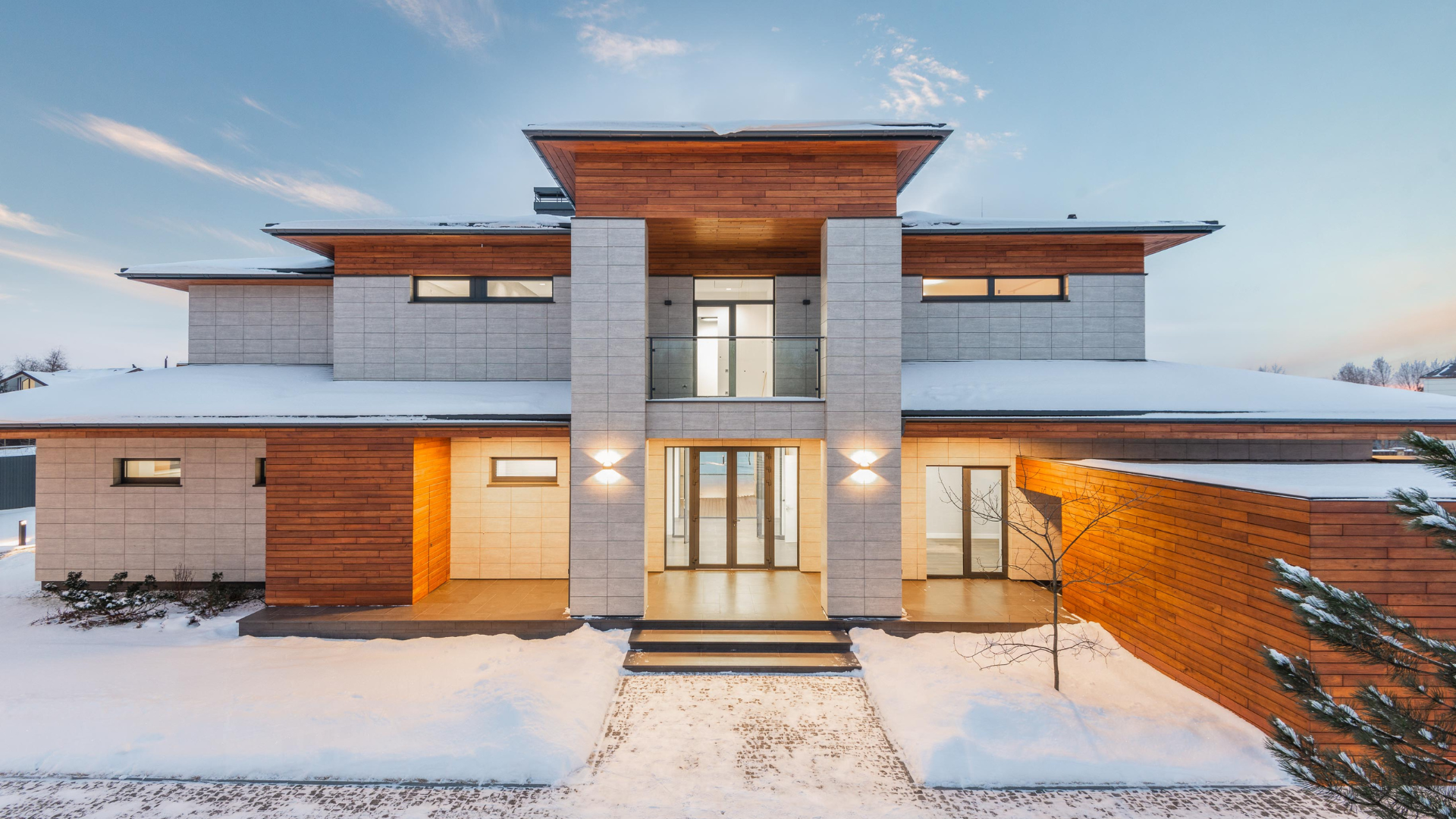
November 23, 2024
Winter brings frigid temperatures, icy winds, and often higher energy bills. Preparing your home for these seasonal challenges ensures you stay warm and save money throughout the colder months. A combination of small DIY projects and long-term improvements can make a significant difference in comfort and efficiency. Inspect and Seal Drafts Drafts around windows and doors can account for up to 25% of your home’s heat loss. To detect leaks, hold a lit candle near the edges of windows and doors; if the flame flickers, you’ve found a draft. Use self-adhesive weather stripping to seal gaps in moving parts like door edges or sliding windows. For stationary areas, such as frames, apply silicone caulking. Don’t overlook mail slots, keyholes, and pet doors—install draft blockers or covers to insulate these areas. Insulate Key Areas Insulation is your best defense against heat loss. Start with your attic, as heat rises and escapes through poorly insulated ceilings. Choose materials like fiberglass batts or spray foam insulation with a high R-value for maximum effectiveness. In the basement or crawlspace, insulate walls and around ductwork to prevent cold air from seeping in. For an additional layer of protection, use plastic window insulation kits to cover older, single-pane windows. Protect Pipes and Outdoor Faucets Exposed pipes are vulnerable to freezing, which can lead to costly bursts. Foam pipe insulation sleeves are an inexpensive and effective solution. For outdoor water systems, drain garden hoses and sprinkler systems, and cover faucets with insulated caps. Inside, keep cabinet doors open under sinks to allow warm air to circulate around pipes. Upgrade to Energy-Saving Solutions Investing in energy-efficient doors and windows provides long-term benefits. Replace single-pane windows with double- or triple-pane models featuring gas fills and Low-E coatings. If a full replacement isn’t feasible this season, install storm windows or apply temporary window film for added insulation. Winter-proofing your home now prevents discomfort and costly repairs down the line. Start early to ensure you’re prepared for whatever winter throws your way.
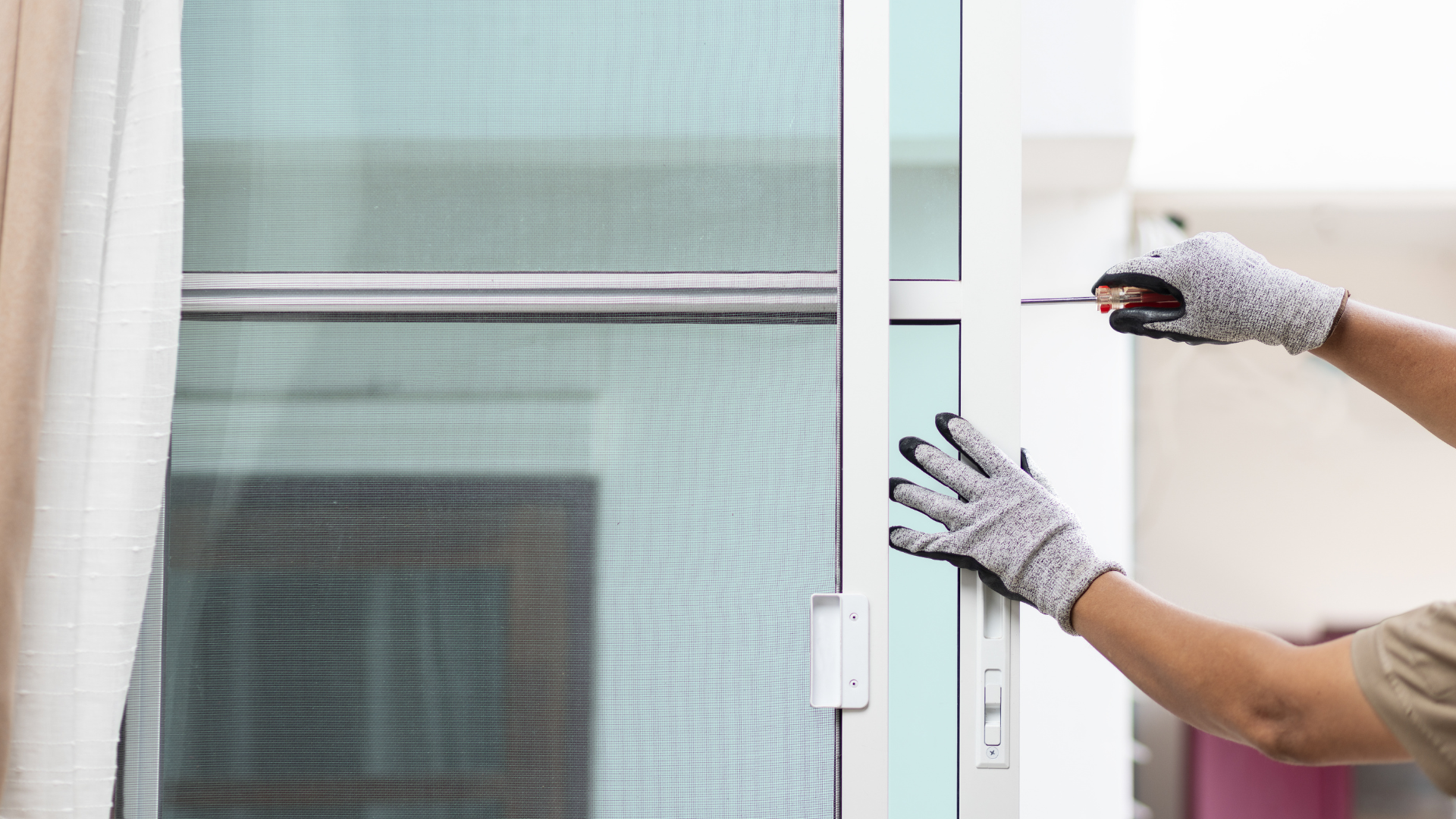
November 23, 2024
Windows and doors are essential to your home’s comfort, security, and energy efficiency. Over time, however, they may wear out, becoming less effective and even costing you money. Here are the top signs it’s time for an upgrade. 1. Persistent Drafts Do you feel cold air near your windows or doors even when they’re closed? Drafts are a clear sign that seals have deteriorated or that the frames are no longer fitting properly. While temporary fixes like weather stripping can help, a replacement might be the only long-term solution. 2. Rising Energy Bills If your heating or cooling costs are climbing, inefficient windows and doors could be to blame. Older models often lack the insulation properties of modern energy-efficient options. Upgrading to Energy Star-certified products can reduce your energy bills by up to 25%. 3. Visible Damage Cracks, warping, rotting, or peeling paint aren’t just cosmetic concerns—they’re indicators that your windows or doors are past their prime. Damaged frames can compromise insulation, while broken glass or fogging between panes suggests the seals have failed. 4. Difficulty Operating Struggling to open or close your windows and doors? This could be due to warped frames, faulty hardware, or even swelling from moisture. Not only is this inconvenient, but it also poses a safety risk in emergencies. 5. Outdated Style Sometimes, the need for a replacement isn’t about performance but aesthetics. If your windows and doors no longer match your home’s updated design or look out of place, replacing them can significantly boost curb appeal and resale value. Benefits of Replacing Windows and Doors Investing in new windows and doors goes beyond solving immediate issues. Modern options improve energy efficiency, enhance security, and add value to your home. With a variety of styles, materials, and finishes available, you can customize replacements to fit your specific needs. Ignoring these signs can lead to higher costs down the road, so don’t delay. Upgrading your windows and doors ensures your home remains functional, beautiful, and energy-efficient for years to come.
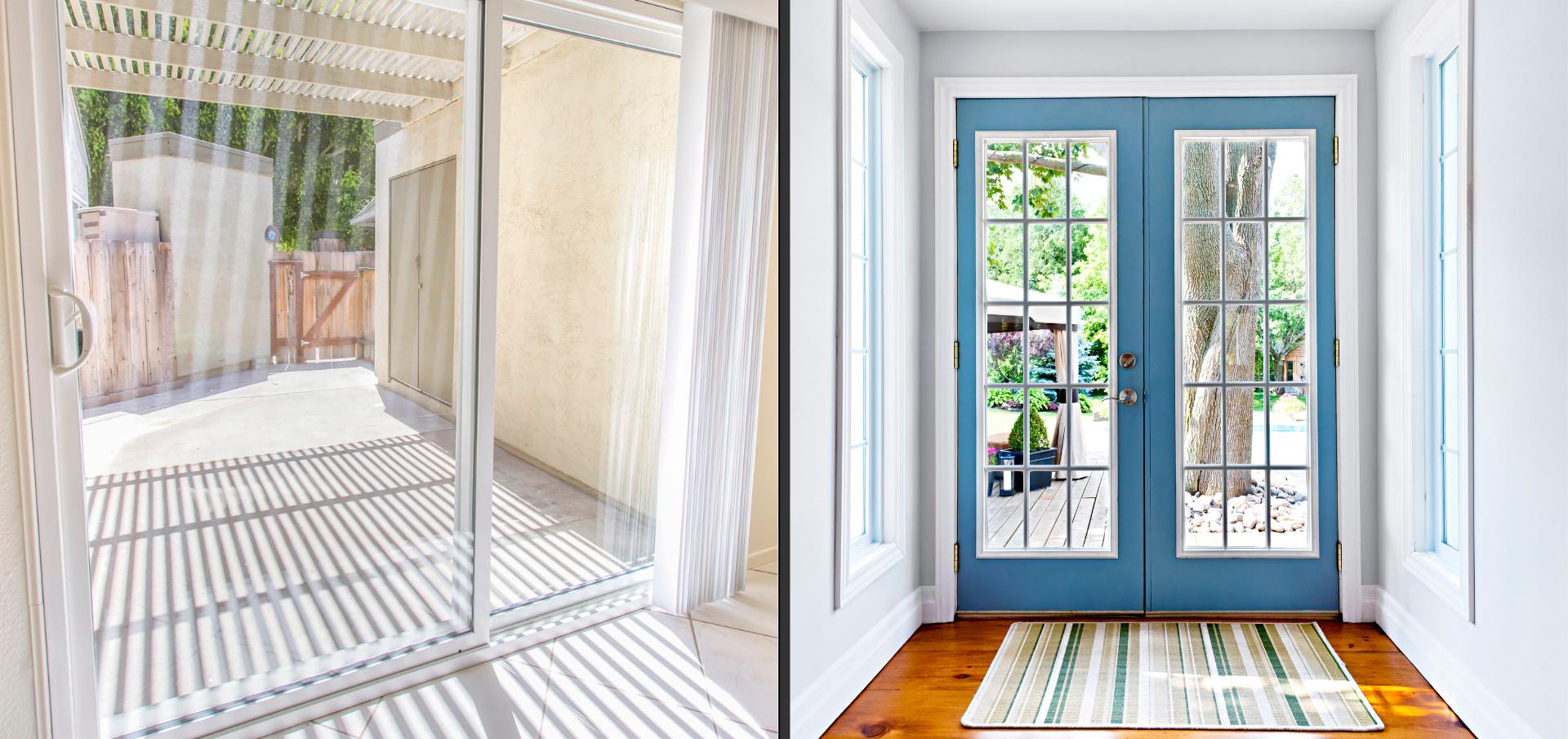
November 23, 2024
When it comes to connecting indoor and outdoor spaces, the choice often narrows down to sliding doors and French doors. Both options are excellent, but they cater to different needs and preferences. Sliding Doors: Modern and Space-Saving Sliding doors are perfect for maximizing space. Since they open horizontally along a track, they don’t require clearance, making them ideal for smaller rooms or patios. Their large glass panels also allow for unobstructed views and plenty of natural light. These doors often feature aluminum or vinyl frames, which are low-maintenance and weather-resistant. They work well in contemporary settings but can also suit casual, laid-back spaces.
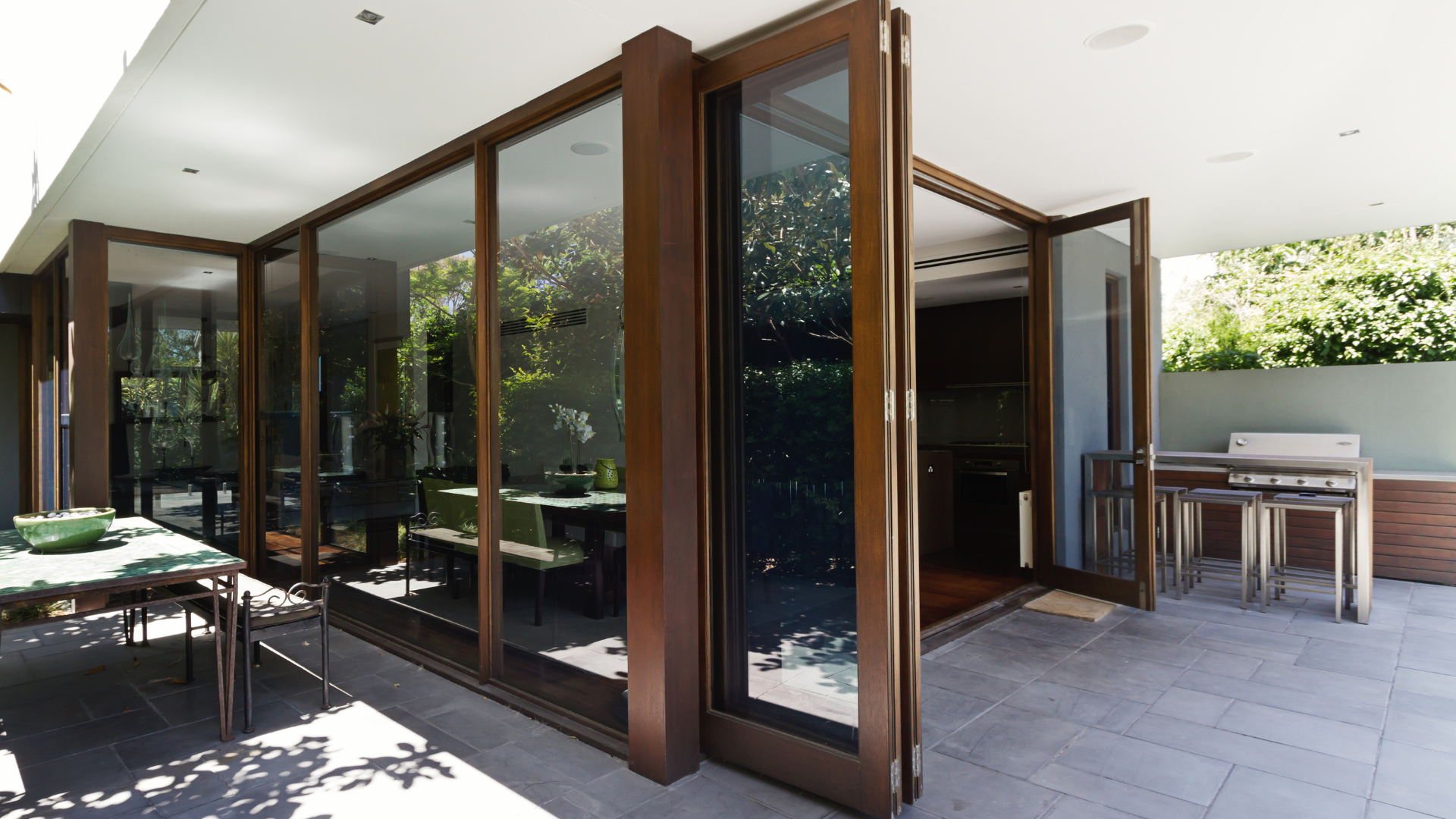
November 22, 2024
The front door is more than a point of entry—it’s a defining feature of your home’s personality and functionality. Whether you’re looking to boost curb appeal, enhance security, or improve energy efficiency, choosing the right entry door requires careful consideration. Materials Matter The material you choose sets the tone for your door’s performance and aesthetics. Wood Doors: Known for their warmth and elegance, wood doors are a timeless choice. They can be intricately designed to suit traditional or craftsman-style homes. However, they require regular maintenance to prevent warping or weather damage. Fiberglass Doors: If durability and low maintenance are your priorities, fiberglass is a top choice. These doors resist dents and scratches and can mimic the look of wood without the upkeep, making them ideal for busy households. Steel Doors: Steel doors are unmatched in security and energy efficiency. They are a cost-effective option for homeowners in harsh climates but may not offer as many design variations as wood or fiberglass. Matching Style with Functionality An entry door should complement your home’s architecture. A sleek, minimalist door with glass panels is perfect for a modern or contemporary design, while a paneled door with decorative sidelights enhances a colonial or Victorian home. For a rustic or farmhouse-style house, consider a distressed wood door with wrought iron accents. Energy Efficiency and Security Look for doors with Energy Star certification to reduce heating and cooling costs. Insulated cores and weather stripping can keep drafts out and comfort in. For added security, opt for reinforced locks, multi-point locking systems, or smart lock integrations. Trending Colors and Finishes Your front door color speaks volumes. Bold shades like red, navy, or yellow make a strong statement, while neutral tones like black, gray, or natural wood offer timeless appeal. Matte finishes are gaining popularity for their modern look, and metallic accents can add a touch of luxury. Investing in the right entry door isn’t just about aesthetics—it’s about creating a welcoming, secure, and efficient home.
Contact Information
© 2025
All Rights Reserved | Majestic Doors & Windows
